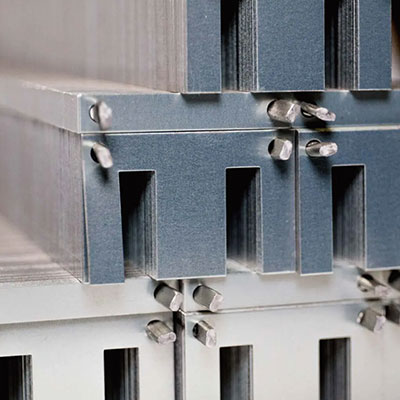Silicon steel laminations , also known as electrical steel or silicon steel, play a key role in power and electronic equipment due to their excellent electromagnetic properties. It is widely used in equipment such as transformers, motors and generators. The performance of silicon steel sheets directly affects the efficiency and reliability of these equipment.
Silicon steel sheets are mainly composed of iron and silicon, usually containing about 3% to 4% silicon. The addition of silicon can significantly increase the electrical conductivity and magnetic permeability of steel while reducing eddy current losses. The main structural features of silicon steel include:
1. Distribution of iron phase and silicon phase: The presence of silicon changes the crystal structure of iron, improving the magnetism and electrical conductivity of iron, and also improving the uniformity of the thickness of the steel sheet.
2. Grain orientation: In order to further improve the performance of silicon steel in electromagnetic fields, many silicon steel sheets adopt a directional grain structure. By controlling the cooling and heat treatment process, the grains can be made to grow in a specific direction, thereby enhancing their magnetic properties in motors and transformers.
As an indispensable material in modern power equipment, silicon steel sheets occupy an important position in industry due to their excellent electromagnetic properties and wide application prospects. With the continuous development of new materials and new processes, silicon steel sheets will continue to maintain a leading position in the future power and electronic fields and promote the development trend of intelligence and energy saving.

